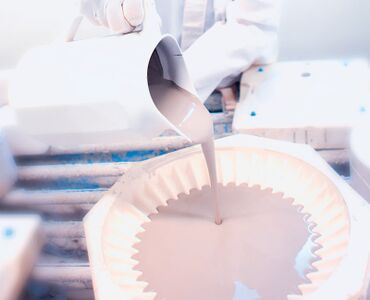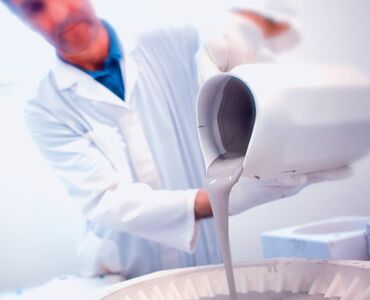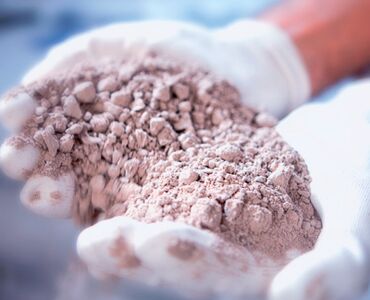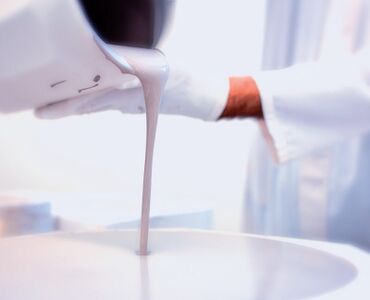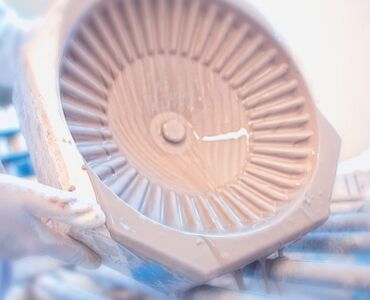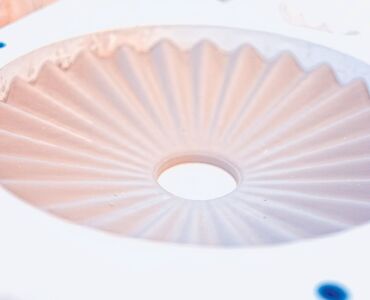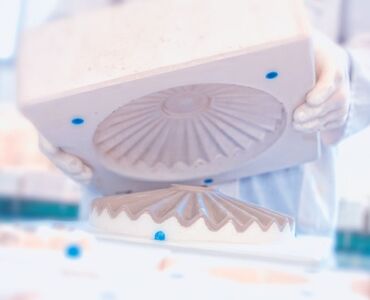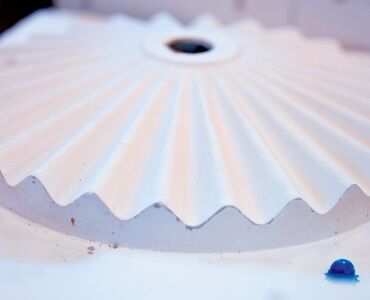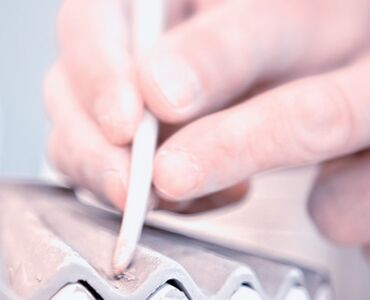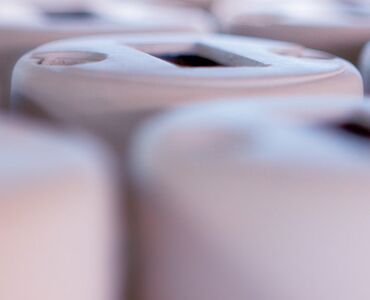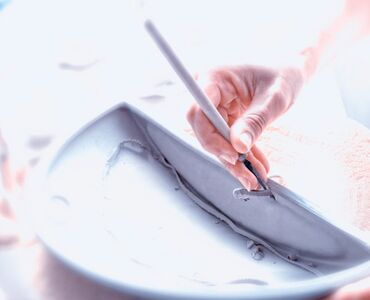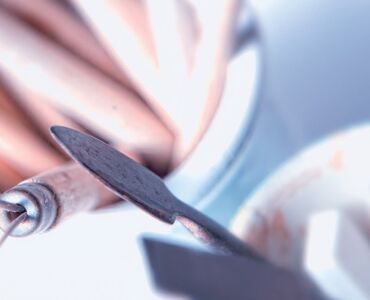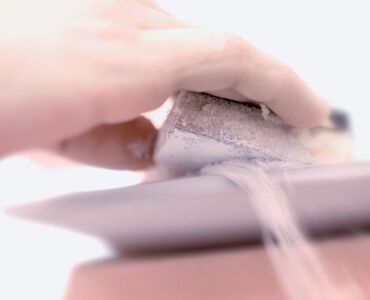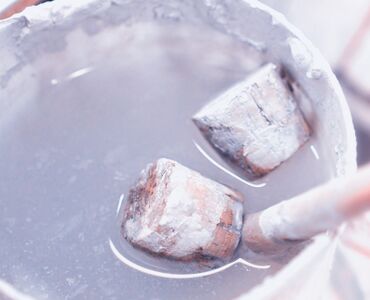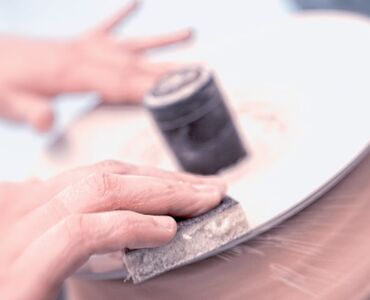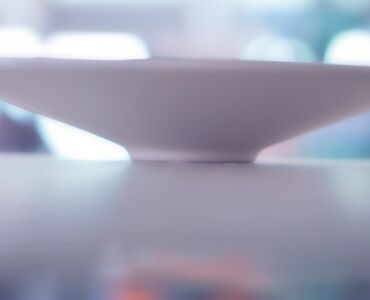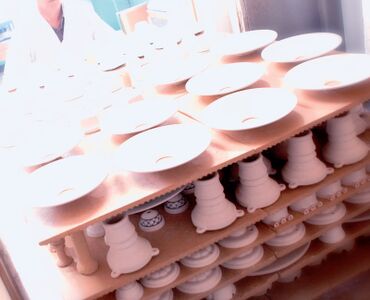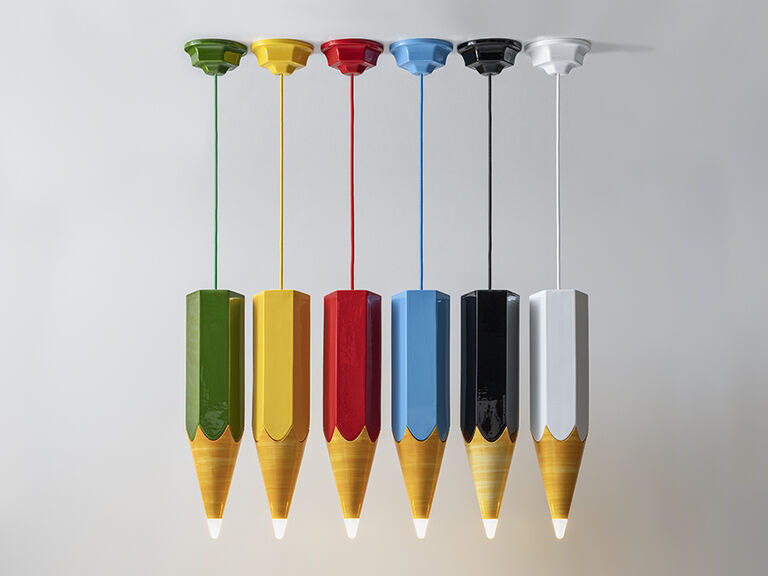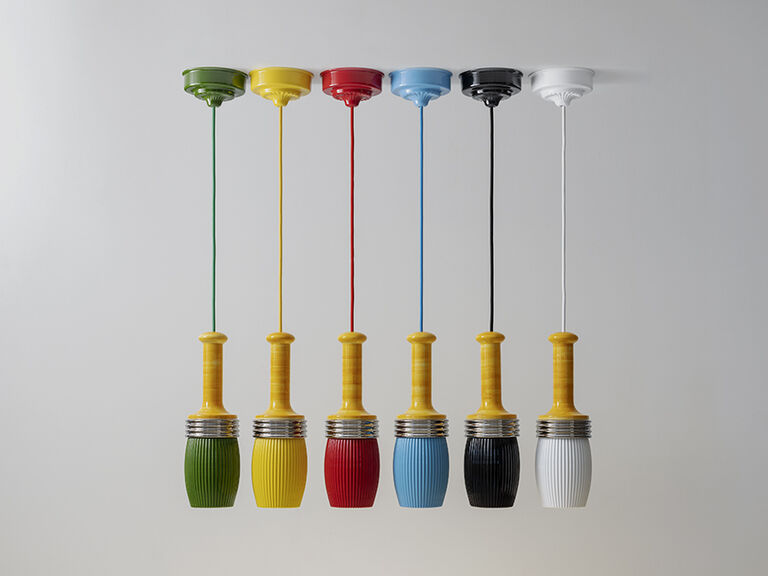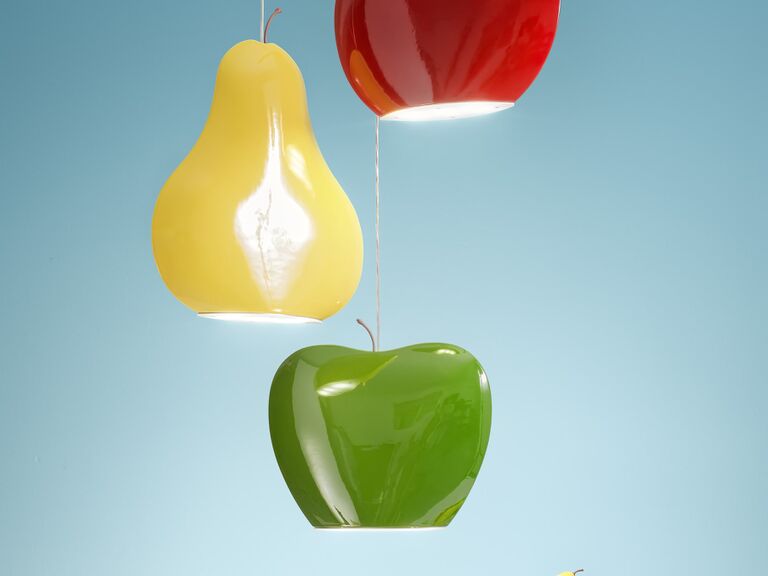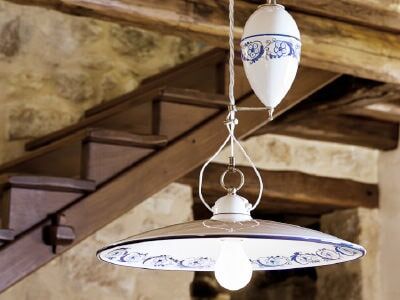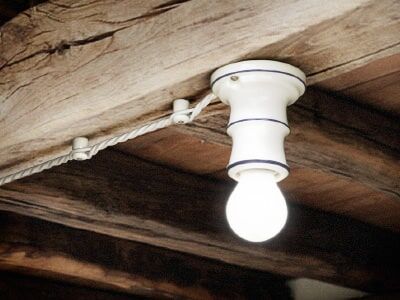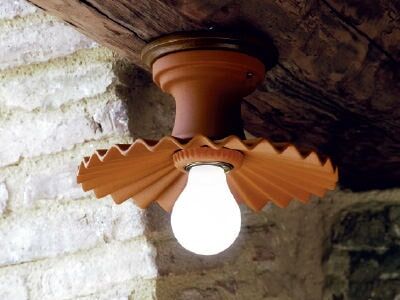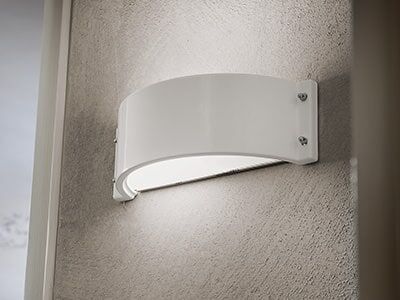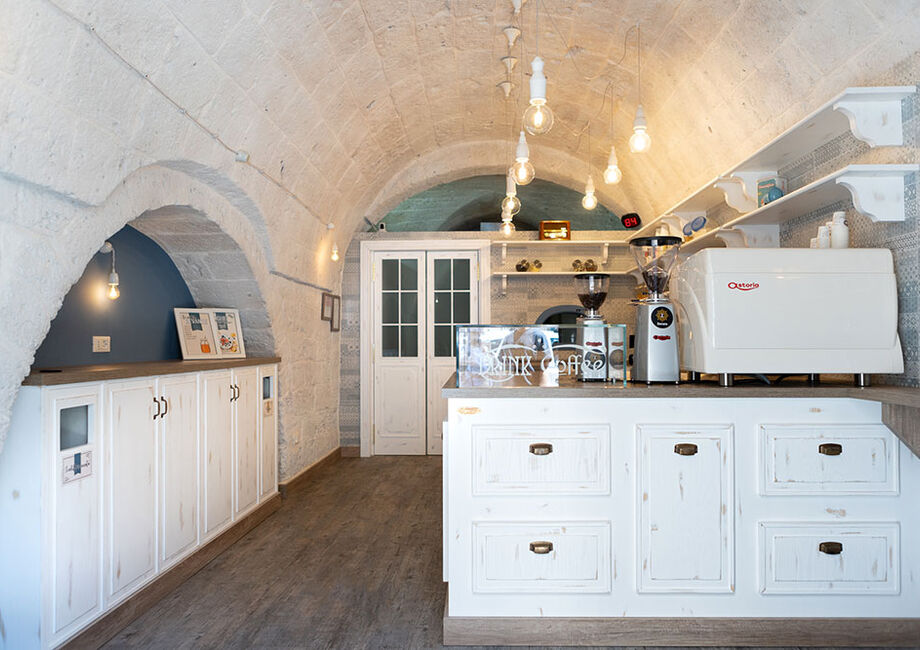Manufacturing ceramic lamps and chandeliers

Ceramic in lighting: a versatile material
In the world of illumination, ceramic lamps and chandeliers have always been synonymous with elegance and versatility. Ceramic, by its very nature, offers endless creative possibilities: by skilfully working this material, it is possible to create unique shapes, textures and colours.
Aldo Bernardi knows and respects the heritage and tradition of this material, working it with artisan mastery to create elegant lighting for all environments.
Ceramic processing for our lamps
Ceramic manufacturing is a practice steeped in history, which has undergone a series of evolutions over time. From meticulous manual workmanship, a series of technologies were gradually adopted, which led to an increase in production.
In the Aldo Bernardi collections, we re-propose this ancient art, trying to remain as faithful as possible to manual workmanship, so as not to lose that component of personalisation, attention to detail and craftsmanship that is part of us and that we cannot neglect.
The ceramic working method applied by Aldo Bernardi follows clearly defined steps:
A mixture of water and clay is poured into a plaster mould. The plaster absorbs the water and with it the clay. This forms a solid layer on the inside walls of the mould, the size of which varies depending on the absorption time.
Once the appropriate thickness has been reached, the leftover clay is removed from the cast, in which a hollow, shaped figure remains. Once the desired consistency has been reached, the material is removed from the cast to be finished.
At this point, the chandelier is manually cleaned of all possible imperfections and finally 'sponged' with water.
The result of this intricate and methodical process is a smooth, polished object ready for drying and first firing.
Ceramic switches: details that make a difference
Aldo Bernardi, always on the quest for new lighting solutions, decided to exploit the potential of ceramics also in the creation of switches, fundamental components in visible electrical systems.
In many lines of wall or ceiling lamps he wanted to 'enrich' the lighting system by integrating switches in harmony with the style of the lamp they would light. Each ceramic switch, manufactured with care and precision, combines aesthetics with functionality; the polished surface, combined with the inherent robustness of ceramic, is a guarantee of smooth and long-lasting use.
Our ceramic lighting production
Each lamp or switch is moulded with care and precision by craftsmen who know deeply the art of shaping ceramics to create unique and fascinating lamps. From the classic wall lamp, with its soft, enveloping lines, enriched by floral details that add a touch of elegance to any room, to the playful lamps Lapis and Brushes.
Traditional craftsmanship blends with contemporary design to create pendant lamps with bold, modern shapes that add a touch of authenticity and originality to any living space.


